PPT-Sugar Act of 1764
Author : mitsue-stanley | Published Date : 2017-10-27
Purpose was to raise revenue New taxes on imports such as molasses from the West Indies Dealing with Tax Collectors Library of Congress The Quartering Act of 1765
Presentation Embed Code
Download Presentation
Download Presentation The PPT/PDF document "Sugar Act of 1764" is the property of its rightful owner. Permission is granted to download and print the materials on this website for personal, non-commercial use only, and to display it on your personal computer provided you do not modify the materials and that you retain all copyright notices contained in the materials. By downloading content from our website, you accept the terms of this agreement.
Sugar Act of 1764: Transcript
Download Rules Of Document
"Sugar Act of 1764"The content belongs to its owner. You may download and print it for personal use, without modification, and keep all copyright notices. By downloading, you agree to these terms.
Related Documents

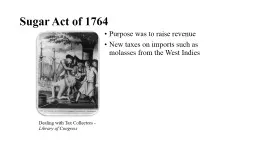
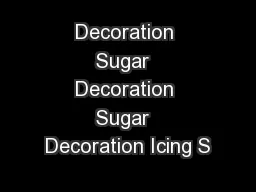
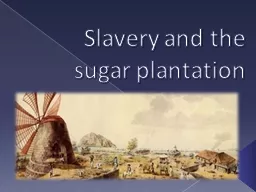
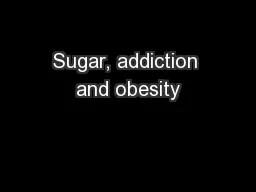
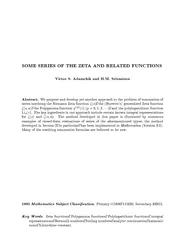



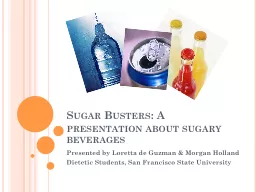

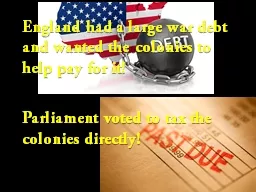

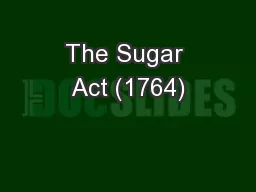
![[READ] Sugar Detox: Sugar Detox for Beginners - A QUICK START GUIDE to Bust Sugar Cravings,](https://thumbs.docslides.com/882418/read-sugar-detox-sugar-detox-for-beginners-a-quick-start-guide-to-bust-sugar-cravings-stop-sugar-addiction-increase-energy-614483d4e568b.jpg)